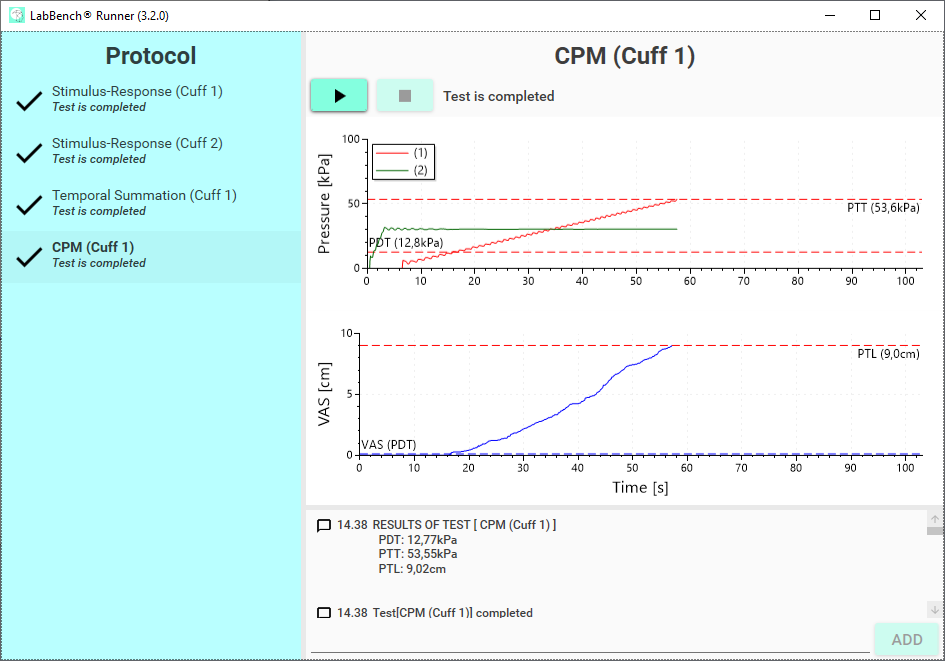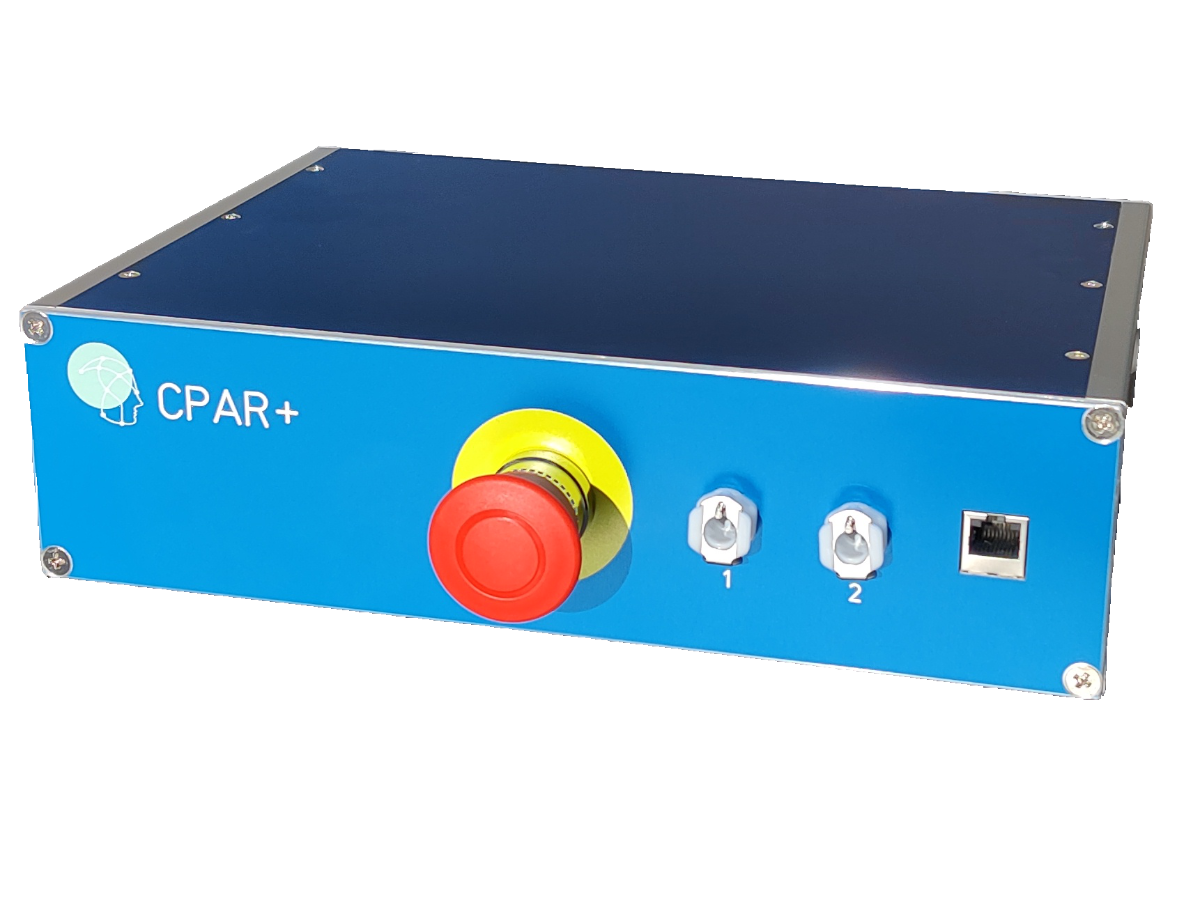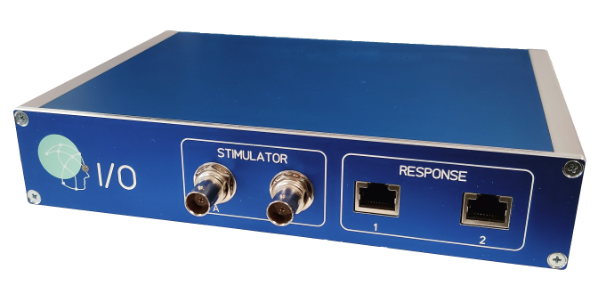
Overview
- Ability to run predefined protocols
- The user interface contains only the features required for your experiment
- Tasks and calculations can be automated with scripting
- Automatic saving of recorded data
- Automatic logging of events during an experiment.
- Open data formats based that can easily be read by 3rd party software now and in hundred years or more from now.
- Open text based configuration files that can easily be read now and hundred years or more from now by scientists without requiring specialized software.



